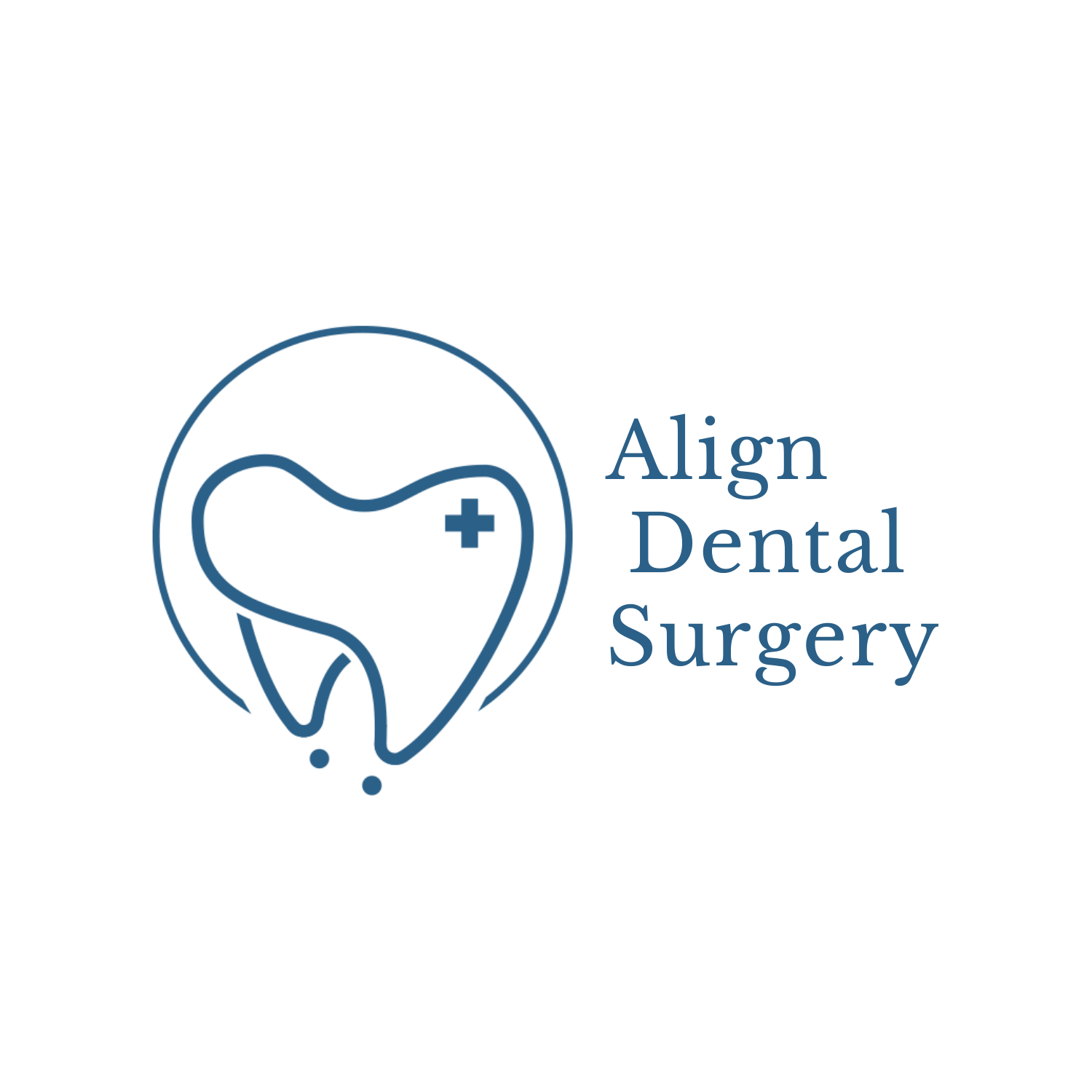
CLOSE THE GAP WITH DENTAL BRIDGES
Dental bridges are a great way to replace missing teeth and restore your smile. They can be used to replace one or more missing teeth, and they can also be used to fill in gaps between teeth. They are held in place by dental crowns, and they can last for many years with proper care. If you're looking for a new smile, dental bridges may be the perfect solution.
WHAT IS A DENTAL BRIDGE?
A dental bridge is a long-term replacement to replace one or more missing teeth. They can be made to match the colour of your natural teeth.
Made up of two crowns that are placed on the teeth adjacent to the empty space, with a false tooth in between. The false tooth is called a pontic, and it is usually made from porcelain or ceramic. The teeth on both sides of the gap are prepared to support a framework on which the false tooth/teeth are mounted.
Dental bridges are fixed in position using a special cement, are not removable, and they can last for many years with proper care.
BENEFITS OF DENTAL BRIDGES TO REPLACE MISSING TOOTH
Improve your smile by eliminating unsightly gaps
Restore your chewing ability, allowing you to have a better choice of foods that is important for both nutrition and digestion
Improved speaking as gaps, spaces or unstable dentures will lead to lisping as we speak
Provide lip support to restore your facial contours, profile and proportion
Prevent teeth from drifting which would have led to changes in the position and alignment of your teeth.
Overall, it contributes to improving your self-esteem and confidence
DENTAL BRIDGES VS DENTURES
Dental bridges are permanent
Dental bridges do not need to be removed at night, unlike removable dentures
Dental bridges are more stable than dentures
Dental bridges are more comfortable than dentures
Dental bridges are more aesthetically pleasing than dentures
Dental bridges can be used on natural teeth or dental implants
Dental bridges last on an average between 7-10 years though some may last for up to 15 years or more
TYPES OF DENTAL BRIDGES
-
As the name implies, a dental bridge is used to close a gap caused by missing teeth. If the span is not too wide, and you have 1 or 2 strong teeth on each side, the teeth can be prepared by removing its outer layer and replacing it with a framework made of metal and porcelain for support.
With the advent of newer materials, zirconia bridges have largely superseded traditional metal-based bridges due to the improved aesthetics. In addition, they can be made using 3D computer technology resulting in a better fit and with far shorter laboratory processing and waiting time.
-
If only one tooth is missing, an implant can be used as a stand-alone solution instead of making a bridge thus avoiding trimming the two teeth adjacent to the missing tooth.
Additionally when many teeth are missing, implants can be used to span the gap and support a bridge instead of individually replacing every tooth lost with an implant.
This reduces the cost and is also the option if insufficient bone is available. In short an implant bridge is similar to a traditional bridge except that it rests on titanium "roots" instead of natural teeth. 5 to 8 implants alone.
If you are missing one or more teeth, and are looking for a way to improve your appearance and chewing ability, then dental bridges may be the right option for you. Be sure to talk to our dentists about dental bridges.
VisiT ALIGN DENTAL
Hours
Monday–Friday | 9am–6pm Saturday | 9am-1pm




